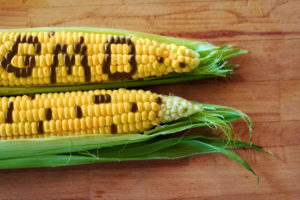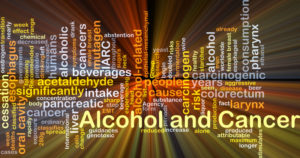Cancer is on the rise. The number of new cancer cases in Canada is expected to rise about 40% in the next 15 years, according to a new report – Canadian Cancer Statistics 2015 – released by the Canadian Cancer Society. Almost all cancer deaths in Canada (96%) will occur in people over the age of 50, and most (62%) deaths will occur in those aged 70 and over.
Many people worry that substances or exposures in their environment may cause cancer. Food is one of them. We eat (at least) 3 times a day and what we eat has tremendous impact on our health.
But let first define what a carcinogen is.
Cancer is caused by changes in a cell’s DNA – its genetic “blueprint.” Some of these changes may be inherited from our parents. Others may be caused by outside exposures, which are often referred to as environmental factors. Environmental factors can include a wide range of exposures, such as:
- Lifestyle factors (nutrition, tobacco use, physical activity, etc.)
- Naturally occurring exposures (ultraviolet light, radon gas, infectious agents, etc.)
- Medical treatments (radiation and medicines including chemotherapy, hormone drugs, drugs that suppress the immune system, etc.)
- Household exposures
- Workplace exposures
- Pollution
Substances and exposures that can lead to cancer are called carcinogens. Some carcinogens do not affect DNA directly, but lead to cancer in other ways. For example, they may cause cells to divide at a faster than normal rate, which could increase the chances that DNA changes will occur.
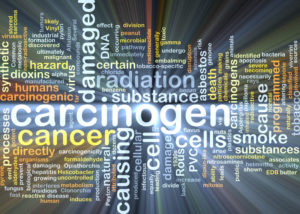
Carcinogens do not cause cancer in every case, all the time. Substances labeled as carcinogens may have different levels of cancer-causing potential. Some may cause cancer only after prolonged, high levels of exposure (“the dose makes the poison”). And for any particular person, the risk of developing cancer depends on many factors, including how they are exposed to a carcinogen, the length and intensity of the exposure, and the person’s genetic makeup.
The International Agency for Research on Cancer (IARC) is part of the World Health Organization (WHO). One of its major goals is to identify causes of cancer. The most widely used system for classifying carcinogens comes from the IARC. In the past 30 years, the IARC has evaluated the cancer-causing potential of more than 900 likely candidates, placing them into one of the following groups:
Group 1: Carcinogenic to humans
Group 2A: Probably carcinogenic to humans
Group 2B: Possibly carcinogenic to humans
Group 3: Unclassifiable as to carcinogenicity in humans
Group 4: Probably not carcinogenic to humans
Perhaps not surprisingly, based on how hard it can be to test these candidate carcinogens (who would want to be voluntarily subjected to carcinogens?), most are listed as being of probable, possible, or unknown risk. Only a little over 100 are classified as “carcinogenic to humans.”
Here is my list of the worst carcinogenic foods (contaminants).
A special note here, in case it wasn’t clear by now: food itself, in its natural state, is NOT carcinogenic. It is the process of preparing the food, the things we add to the food, we spray the food with, the way we preserve or “enhance” the food that will make the altered food be considered carcinogenic.
- Processed meats: Most processed meat products, including lunch meats, bacon, sausage, and hot dogs, contain chemical preservatives that make them appear fresh, tastier and appealing, but that can also cause cancer. Both sodium nitrite and sodium nitrate have been linked to significantly increasing the risk of colon and other forms of cancer, so be sure to choose only uncured meat products made without nitrates, and preferably from grass-fed sources. (Group 1)
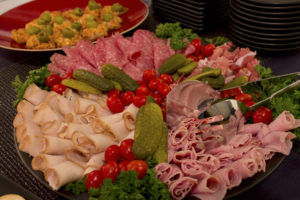
- Microwave Popcorn: From the chemically-lined bag to the actual contents, microwave popcorn is at the center of lung cancer debates around the world. Not only are the kernels and oil likely GMO (which the manufacturer does not have to disclose) , the fumes released from artificial butter flavoring contain diacetyl, which is toxic to humans. Make your own organic popcorn the old-fashioned way – air popped – it tastes better, doesn’t release toxic fumes, and is a healthier choice for you. (Group 1)
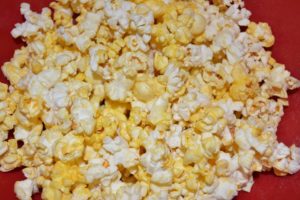
- Alcoholic beverages: all types of alcohol (fermented and those further distilled) can cause cancer in humans. Animal studies have not convincingly demonstrated that ethanol itself is carcinogenic leading to the hypothesis that other contaminants in alcoholic beverages or ethanol metabolites (acetaldehyde) are responsible for these effects. This is true only for heavy alcohol consumption (heavy drinkers). (Group 1)

- Salted fish: This is produced in several parts of Asia using a method that appears to result in the production of carcinogenic by-products. These foods can be very high in nitrates and nitrites, which react with protein to form nitrosamines. (Group 1)
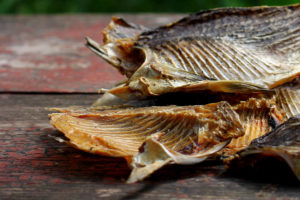
- Pickled vegetables: They have been studied for their association with cancer mainly in Asia and especially in China. The pickling process is different from that used in many parts of the world and uses no salt or vinegar. Instead it relies on natural fermentation and can lead to contamination with mold. (Group 2B)
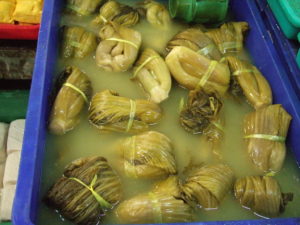
- Genetically Modified Foods (GMOs): The rapidly growing industry of genetically modified crops are infiltrating our food supply at an alarming rate. More than 90% of our corn and soy are now genetically modified. The current research on the health risks of GMOs is inconclusive. In other words, researchers cannot confirm whether or not GMOs increase cancer risks. Yes still, IARC has recently labelled the corn or soy sprayed with Roundup (the active ingredient: glyphosate) as probably carcinogenic to humans. (Group 2A)
